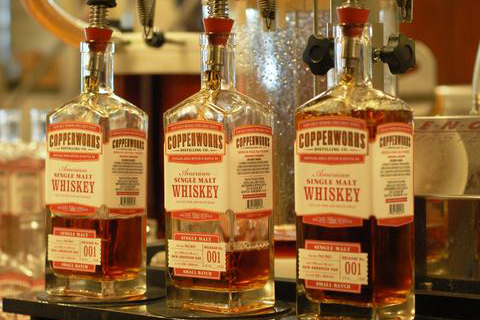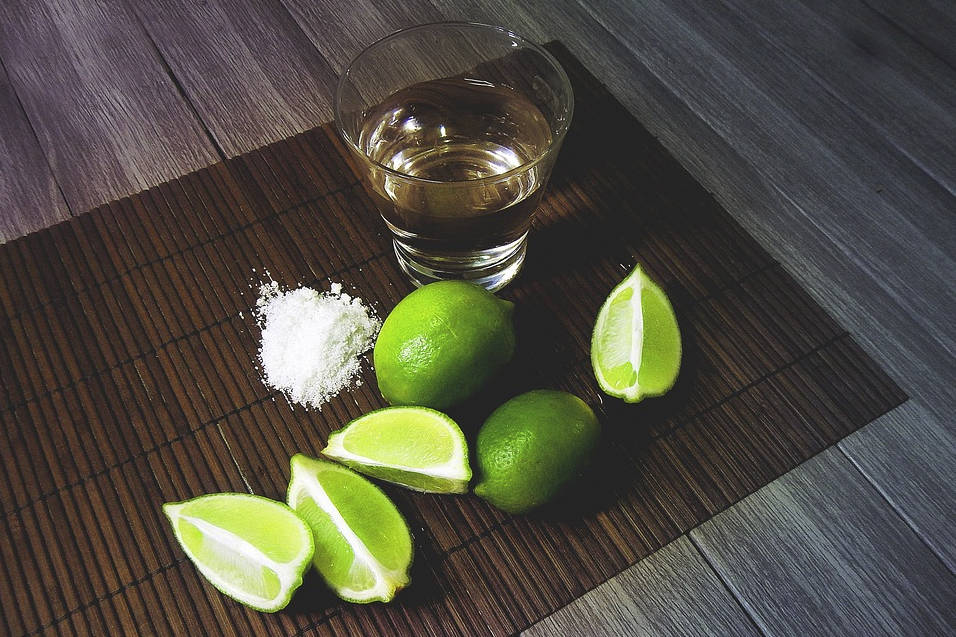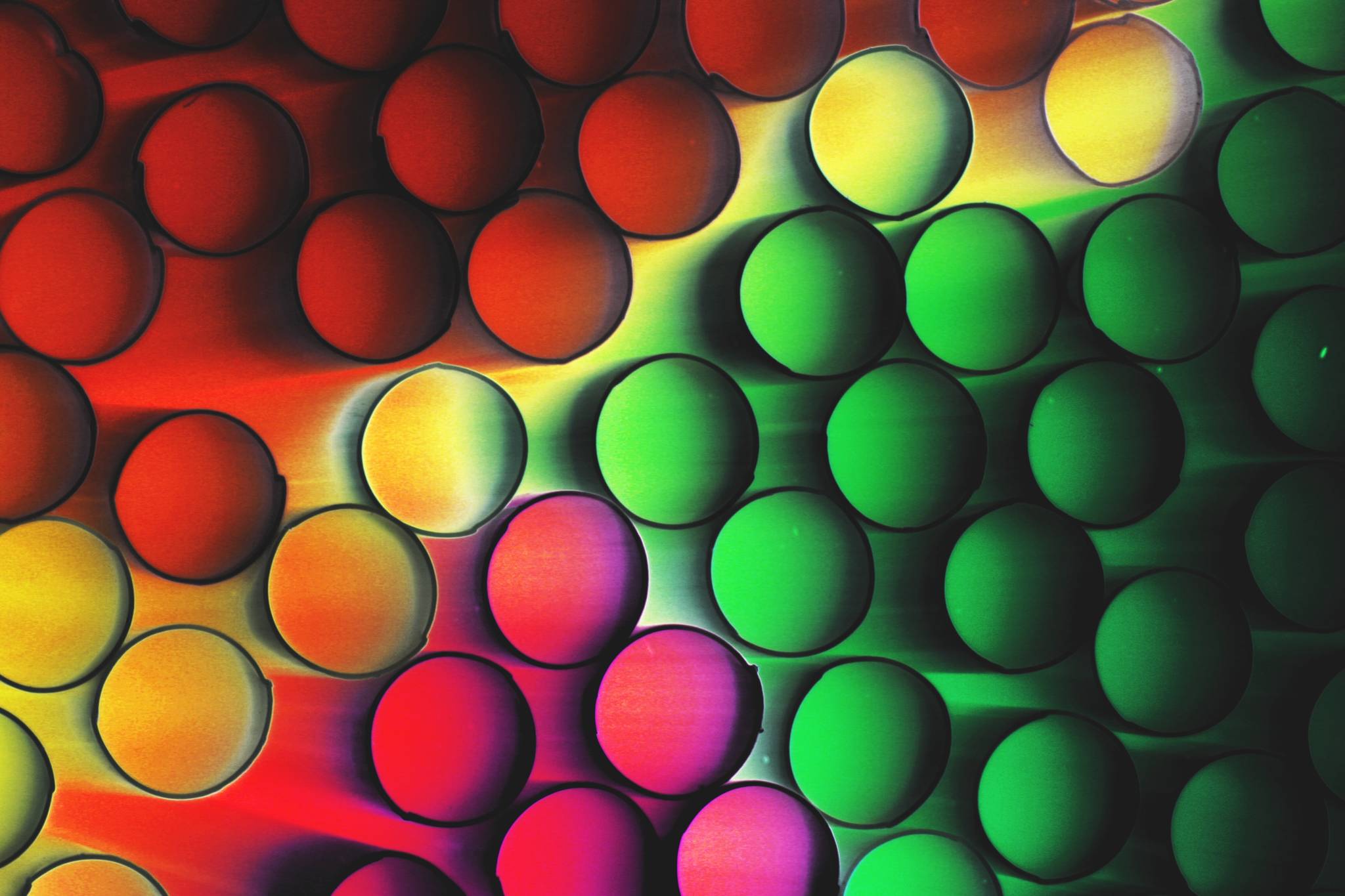As the leaves start to change colors and the nights get longer and cooler, I turn to whiskey to help me get by. Fortunately, two Seattle distilleries have unveiled new expressions of my favorite style, single-malt whiskey, to keep me (and you, I suppose) warm through the fall and winter.
At the end of August, Copperworks Distilling released its first attempt at an American single-malt, the ultimate phase in the plan they launched years ago. Owners Jason Parker and Micah Nutt came to distilling from the world of beer, and from the get-go they have believed that if the initial brew (called “the wash”) was of a high quality, they’d get a higher-quality whiskey after distillation.
“The majority of whiskey distilleries are using outdated brewing techniques,” Nutt says. “We wanted to bring modern brewing techniques to distilling.” Those techniques actually include some old-school thinking, like using brewer’s yeast for the ferment instead of faster-acting distiller’s yeast. The result is a whiskey with a noticeable beer-like quality, in particular aromatically. Aged in the new American oak barrels typically associated with bourbon, it is a distinctly American product: leaner and more aromatic than bourbon, but also brasher than virtually any Scotch.
Meanwhile, Westland Distillery has been producing high-quality American single-malt whiskey for several years, and now some of the fruits of their early experiments are starting to reach maturity. The most striking is their new offering, Garryana, which is distilled in barrels made from a specific oak species, Quercus garryana, that is native to the Pacific Northwest. Though the wood has been traditionally shunned because it was too heavy for furniture and too hard to shape for most other uses, Westland master distiller Matt Hofmann was intrigued right away by its potential.
“We didn’t know how it would turn out, but it was the first real overt chance for us to display our idea of true locality,” Hofmann says. “We started with this style of oak in 2011, but we had to search it out.” The hunt required two different cooperages and at least a little bit of good fortune, as the trees themselves cannot be logged but must be harvested only when they fall naturally.
The single malt from those barrels shares some of the flavor profile of Westland’s other bottlings, but the intensity of the oak is noticeable. Caramel and crème brûlée jump out of the glass, along with dried figs and dates, spiced almonds, and a hint of pepper. It’s a fairly bold offering from Westland, and Hofmann admits that what is in essence a trial run is serving largely as a learning experience.
Both distilleries are committed to exploring a host of other local ingredients, including specialty and heritage forms of barley, as well as malting that barley over peat from local bogs. A full-fledged understanding of what’s possible with Pacific Northwest single-malt whiskey might not come for decades, but that’s OK—we’ve got plenty of cold, dark nights to get through until then.
barcode@seattleweekly.com








